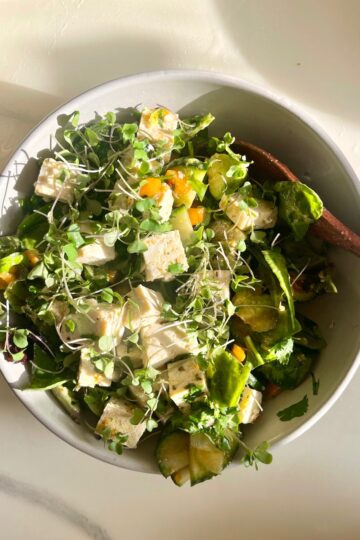It’s 2023! Welcome to the future, time to change old traditional & harmful ways to new pro life, pro environment and pro well being of the entire planet. What is vegan leather and how is it better than animal skin?
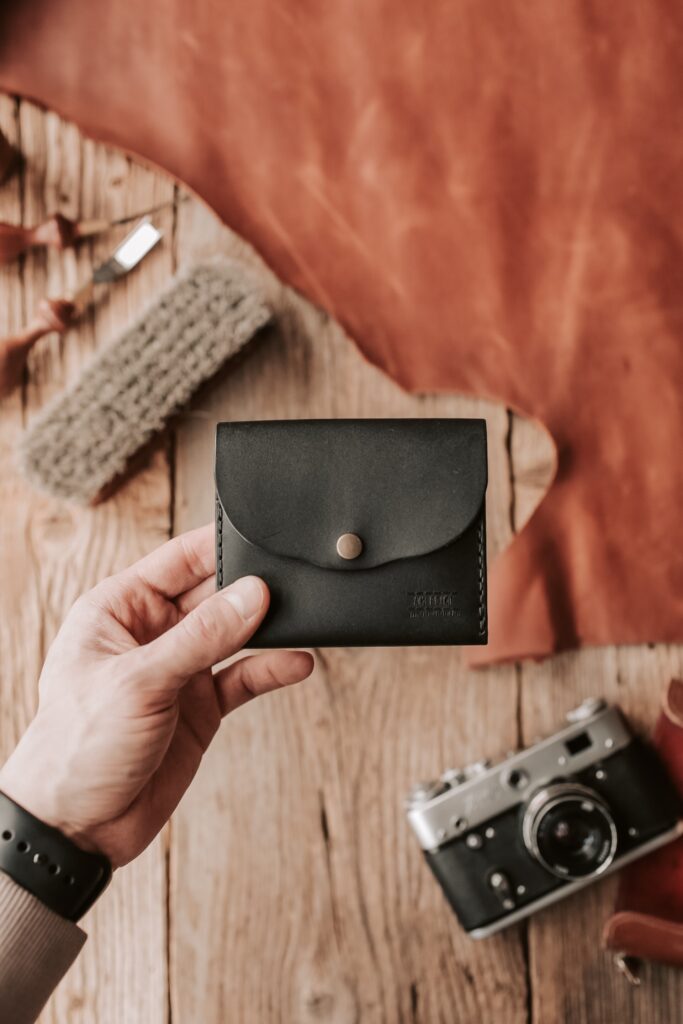
Most of us have had experience with vegan leather and it was not a good one. Breaking easily, chips away and the skin peels off and you end up with lots of tiny particles all over the place. In years past, the vegan leather technology has progressed exponentially. The quality has skyrocketed and brands from Hermes to Balenciaga are championing these leather alternatives.
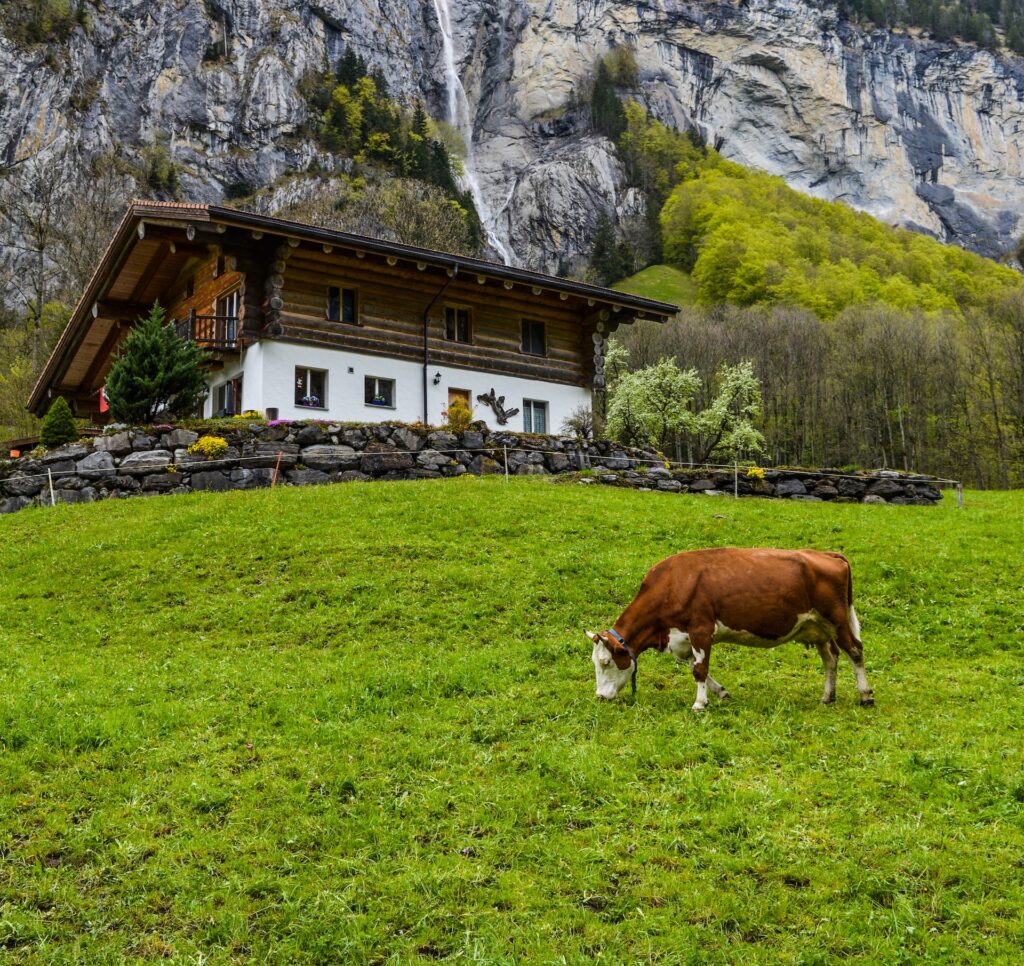
Why is Animal Leather Bad?
It has been proven by science backed studies that a plant based diet is way less harmful to the planet compared to being an omnivore. Same goes with the fashion industry. According to a 2018 sustainability report, Vegan leather’s impact is only ⅓ compared to animal leather.
Cattle production contributes to 65 percent of emissions. The meat, dairy, and egg industries are responsible for 14.5 percent of global human-caused greenhouse gas emissions, according to UN data. Animal leather undergoes a process called tanning which uses chromium, formaldehyde, and arsenic, these toxic chemicals leak into the water streams damaging marine life through hypoxia, lack of oxygen. Workers in the leather industries exposed to these chemicals are also prone to cancer, 95% of these tanneries are overseas and aren’t regulated and monitored.

What is Vegan Leather?
Vegan leather is a material made of non animal material. Synthetic, Artificial, Faux are some of the terms we hear. Synthetic vegan leather is made from petroleum-based plastics, most commonly: polyurethane (PU) or polyvinyl chloride (vinyl or PVC). Like all plastics, PU and PVC are derived from petroleum or natural gas. This is one of the most known vegan leather and its sustainability and durability is questionable. It doesn’t necessarily mean that if a material is not made of animal skin also means that it is good for the earth.
New Ways To Leather Alternatives
As veganism progresses in the food industry with all new sustainable technologies, so as in fashion. Being a vegan chef, sustainability of natural ingredients is of top priority, Lots of influential people shifted to a Vegan lifestyle and the world of business is also shifting towards a more conscious way of doing things. Let’s look into new ways of creating leather products using natural material.

1. Cactus Leather
One of the newest in vegan leather technology is Cactus Leather known for its durability and breathability. Made from the Nopal Cactus also known as Prickly Pear and Indian Fig Optunia. The company Desserto is leading this innovation having already collaborated with BMW, Addidas, Mercedes Benz and H&M to name a few. Also check out Soul Flower who makes custom cactus leather products.
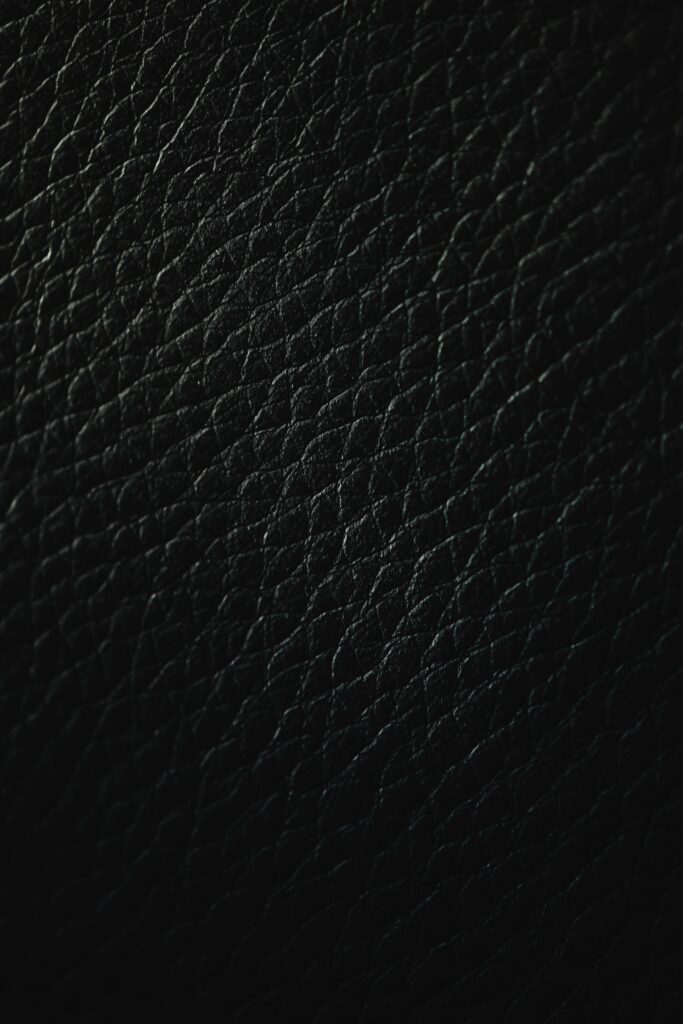
2. PU & PVC Leather
The most common of synthetic leathers are Polyurethane and Polyvinyl chloride. The first one being more breathable and the following one more durable. This is the early days of vegan leather technology. Even though these two don’t use chemicals, it is processed using fossil fuel and plastic which never decomposes. Nevertheless, it is still ⅓ the environmental impact compared to animal leather.
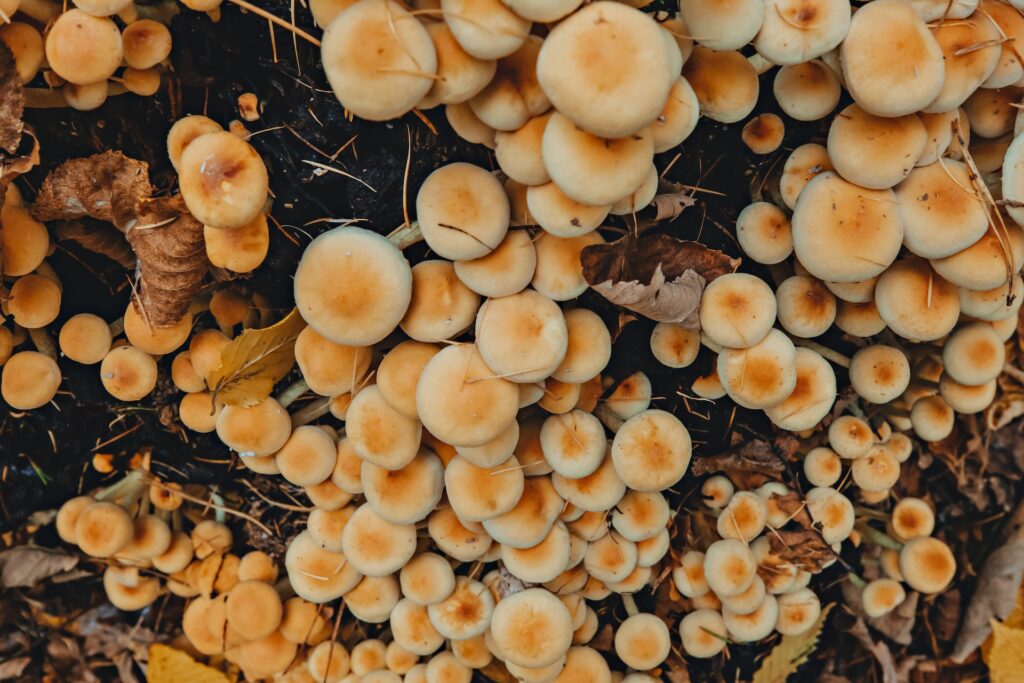
3. Mycelium
to put it simply, it is mushroom leather. Mycelium is the weblike root structure of mushrooms. These roots are important part in plant ecosystems. It is the pathway wherein nutrients are collected and transported. Mycelium is being used not only for leather materials but for vegan meats too. Mycelium leather won’t stay in existence as much as its plastic counterparts. Take keen interest in our friend mushroom. They are really magical.
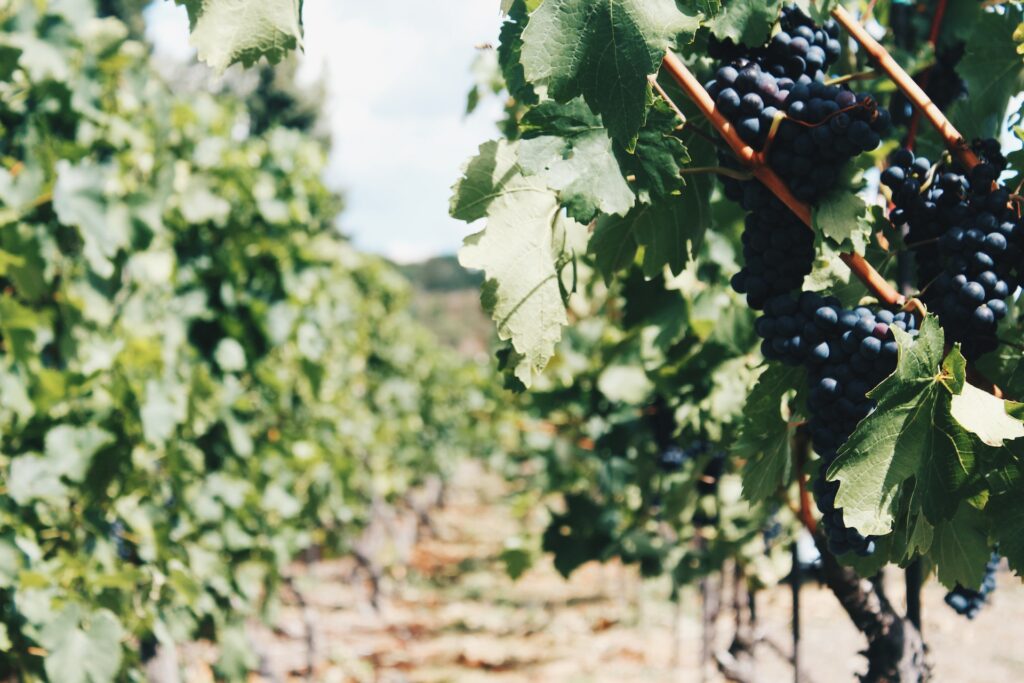
4. Grape Skin
We drink a lot of wine and the unwanted skin of grapes are now put to use. An Italian textile company leading this industry is Vegea. According to their website, grape skins are turned into bags, wallets and shoes. With a little curiosity and open mindedness our innovation can go a long way.
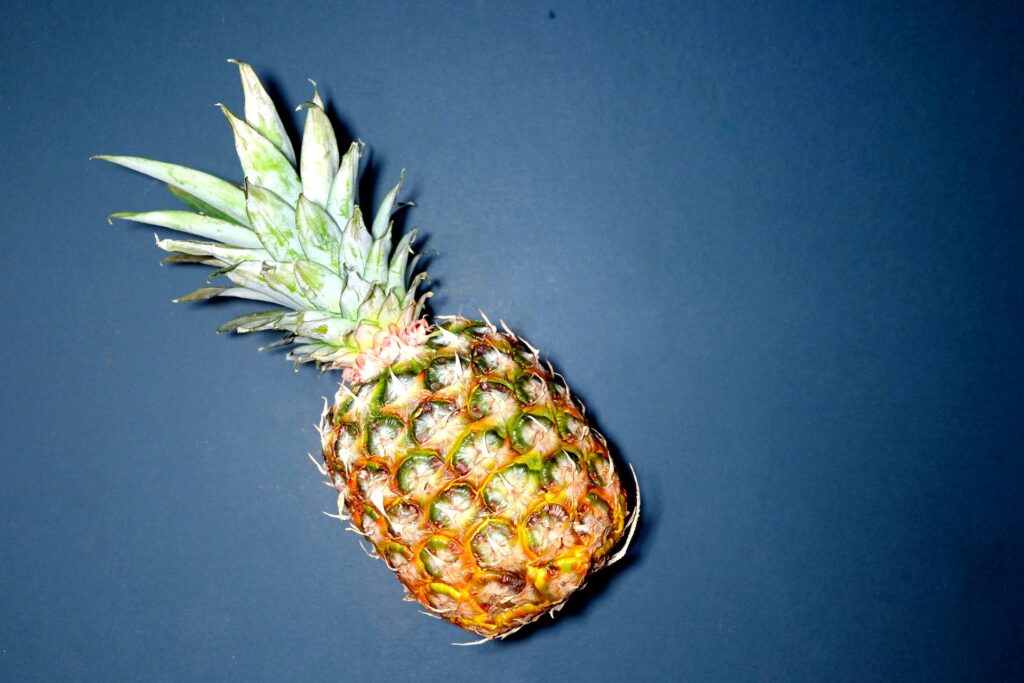
5. Pineapple Leaves
Textile made of non biodegradable cellulose fibers extracted from pineapple leaves. This innovative product called Pinatex involves a collaboration between the Philippines where in pineapples are so abundant. Pineapple is 10% of the Philippines agricultural export. It is shipped to Spain where it undergoes a process that involves Polylactic acid and Petroleum based resin. Pinatex is a good alternative to animal leather however, not all of the material is easily recyclable. Some elements carry the same environmental impacts seen from other faux and vegan leathers.
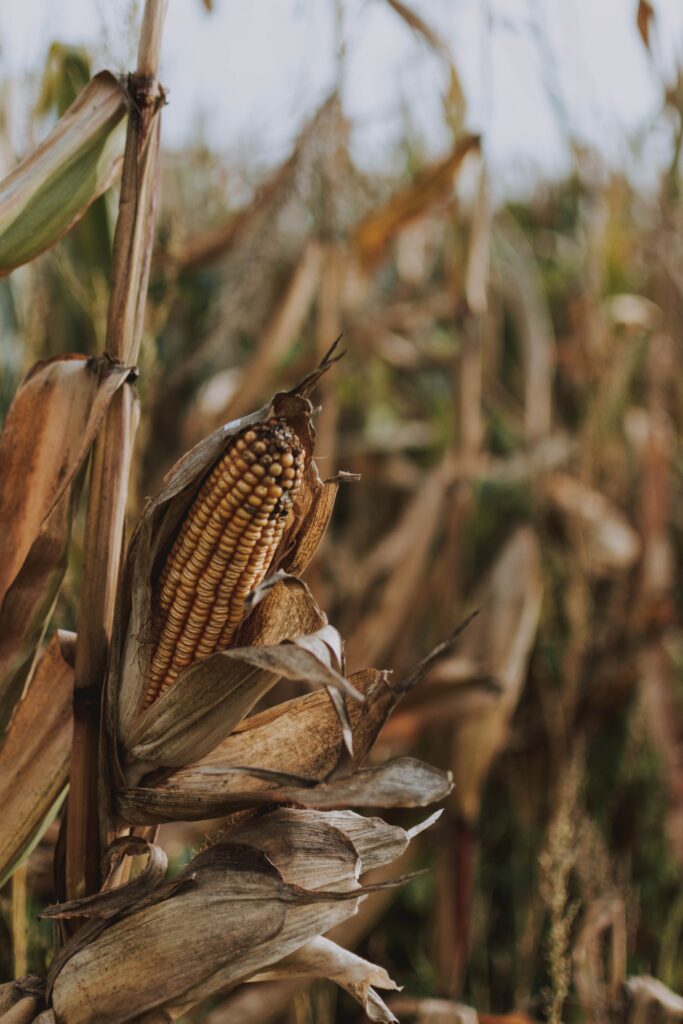
6. Corn Leather
Corn leather is an animal friendly alternative to leather. However it is mixed with Polyurethane making it non biodegradable. It is of high quality when it comes to durability and breath ability that it caught the attention on Louis Vuitton and indie vegan brands like Luxtra.
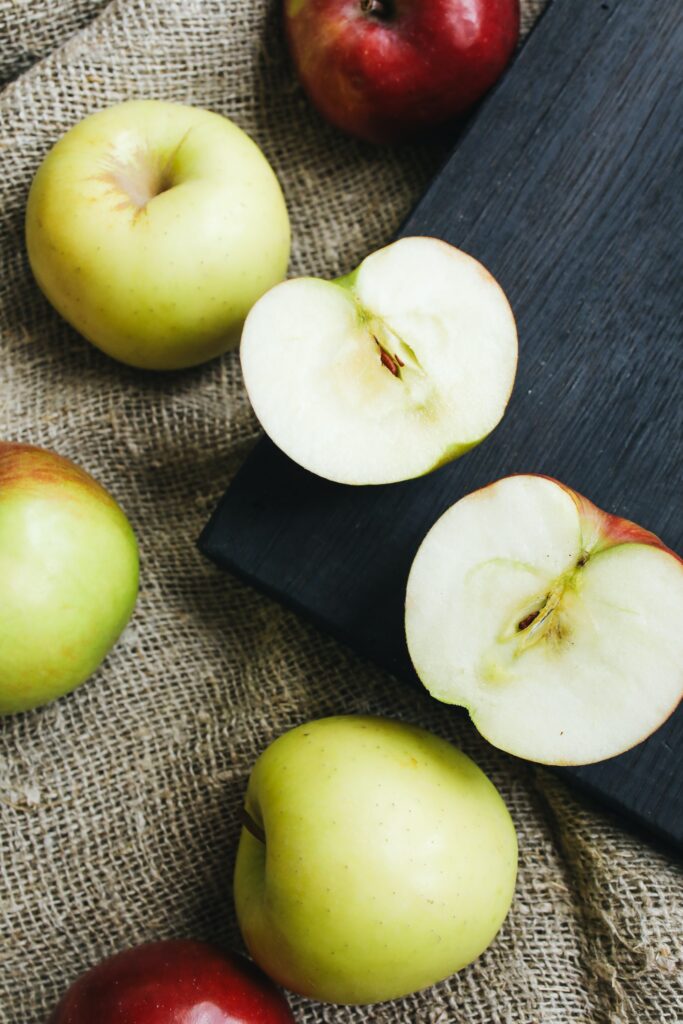
7. Apple Leather
An apple a day keeps the doctor away and heals the body planet in a way. Apple peel from the juice industry is mixed with Polyurethane. Again a good alternative but not completely biodegradable. Apple skin leather requires fewer fossil fuel than Polyurethane synthetic leather and animal leather.
Frumat is a company that uses scraps from apples making versatile high quality leather and paper with low environmental impact. Frumat is now one of the leading innovators in the field of agricultural and food waste repurposing.
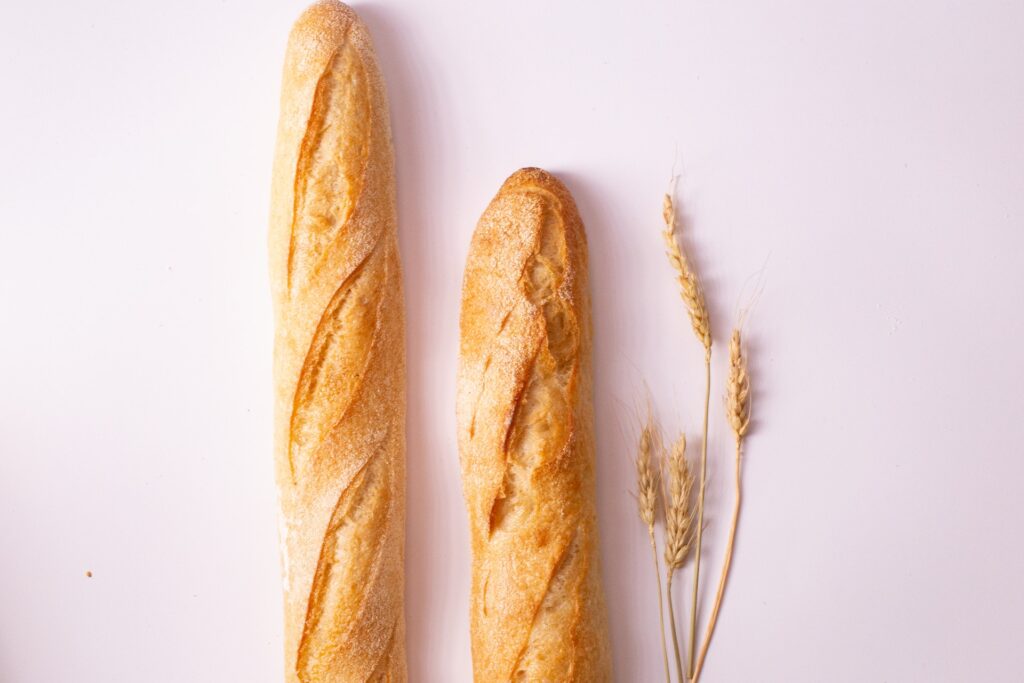
8. Yeast
Modern Meadow is a company in New Jersey leading in this industry. Zoa, as Modern Meadow's product is called, looks and performs like leather, but is created in the company's lab through a process of DNA editing that grows collagen--the protein in skin--from yeast. "Our goal is to create materials that are clearly leather but unlike anything you've seen." - Modern Meadow
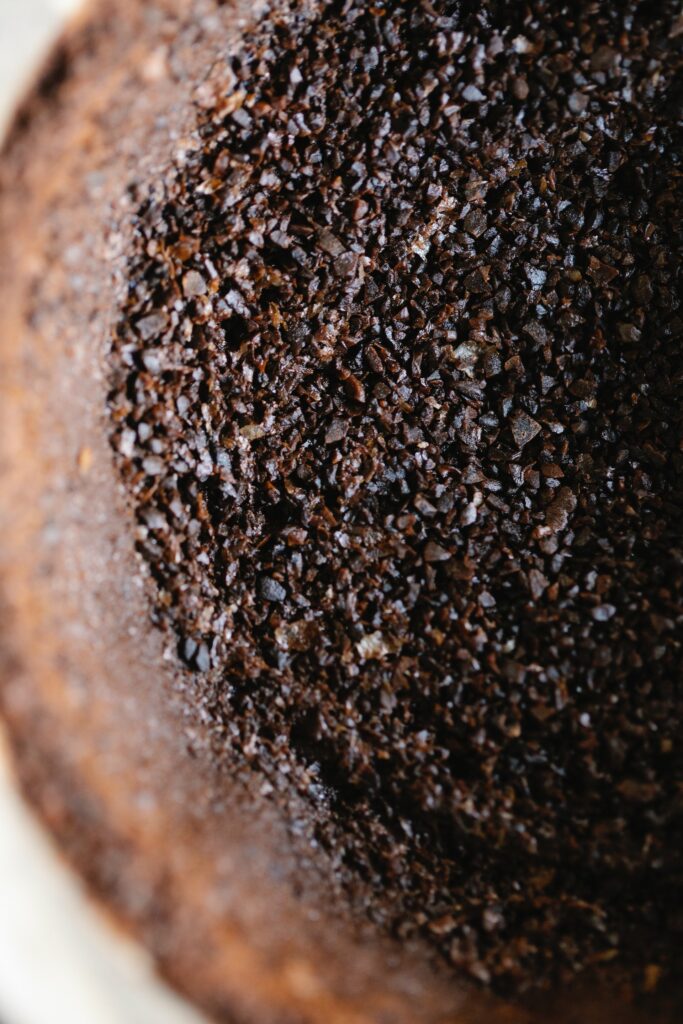
9. Upcycled Coffee Grounds
The 100% vegan, unisex sneaker’s uppers are made from real sustainable recycled coffee, coffee beans and coffee plant, which covers up to 50% of the shoe’s surface, depending on each style.
The coffee is applied to a layer and got the natural coffee scent. The feel is very smooth and fine, while you can smell the coffee and see the material’s natural texture.
The patented material was developed in Germany and the final sneakers are 100% handmade in Italy and produced under fair conditions in a new family-run high-tech facility.
The type of coffee used varies upon a sustainable availability.
All shoes are 100% vegan and equipped with a soft padded, anti-bacterial real cork insole. The glue is free from animal ingredients, the outsoles are made from real rubber and the upper features nat-2™ signature reflective glass details for a better visibility and a techy look. The parts looking like suede or nappa leather are made from recycled PET bottles.
source: designbloom.com
There’s so much more to look into. There are so many plants and technology that we can leave the animals alone and let them live their lives.
I’m sure there are more and will be more alternatives coming out! Would love to hear which alternative vegan leathers are your favorites!





